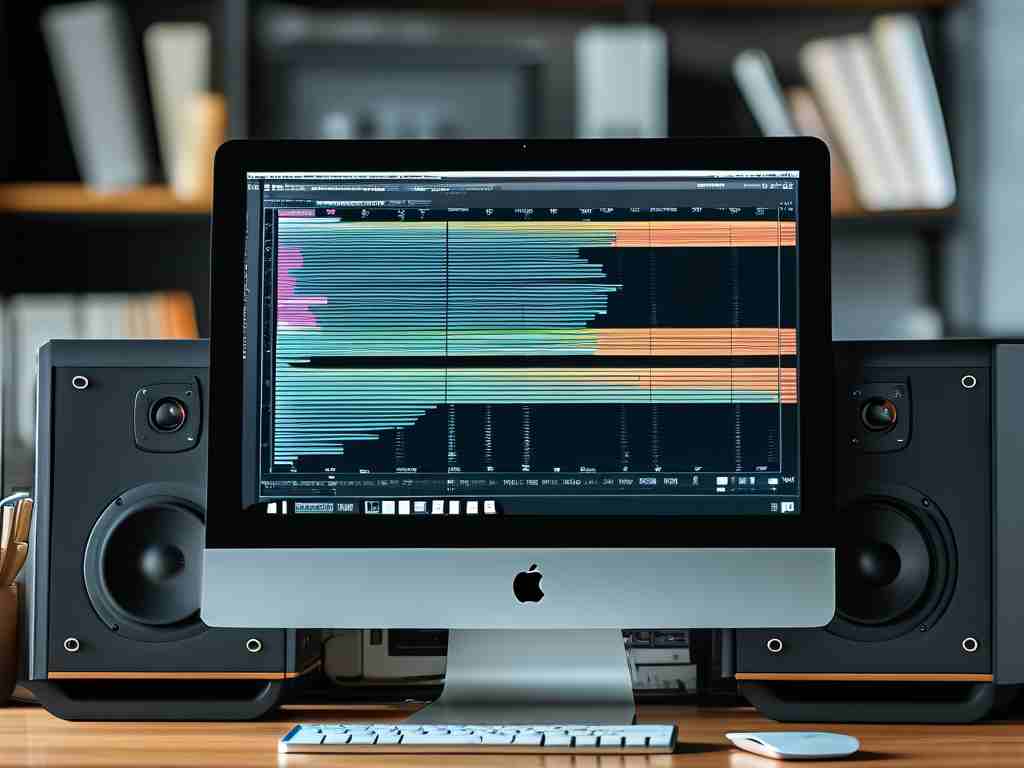Understanding how memory space is calculated is fundamental for developers, system architects, and technology enthusiasts. Whether optimizing software performance or configuring hardware, grasping the principles behind memory allocation ensures efficient resource utilization. This article explores the mechanics of memory space calculation, including addressing schemes, data types, and practical examples.

The Foundation: Binary and Addressing
At its core, memory space calculation relies on binary systems. Each memory unit stores data as bits (0s or 1s), grouped into bytes (8 bits). Modern systems use addressing schemes to locate and manage these bytes. For instance, a 32-bit processor can address up to 2^32 unique memory locations, equating to 4 gigabytes (GB) of accessible space. A 64-bit system, by contrast, supports up to 16 exabytes—a near-limitless scale for current applications.
Variables and Data Structures
Memory consumption depends on data types. A single integer in C++ typically occupies 4 bytes, while a character uses 1 byte. Complex structures like arrays or objects compound these requirements. For example, an integer array with 100 elements consumes 4 * 100 = 400 bytes. Misaligned data structures, however, can lead to "padding," where unused bytes are inserted to align memory boundaries, increasing total usage.
Consider this code snippet:
struct Example {
char a; // 1 byte
int b; // 4 bytes
short c; // 2 bytes
};
Due to padding, this struct may occupy 12 bytes instead of 7, depending on compiler settings.
Virtual vs. Physical Memory
Operating systems abstract physical memory using virtual memory systems. Programs interact with virtual addresses, which the Memory Management Unit (MMU) maps to physical RAM. Paging divides memory into fixed-size blocks (e.g., 4 KB per page), allowing efficient allocation and swapping. When physical memory fills, pages are transferred to disk storage, extending usable space at the cost of speed.
Dynamic Allocation Challenges
Dynamic memory allocation (e.g., malloc() in C or new in C++) introduces fragmentation. Over time, free memory blocks become scattered, reducing usable contiguous space. Garbage collectors in languages like Java mitigate this by reclaiming unused memory, but manual management in low-level languages requires careful planning to avoid leaks or overflow.
Real-World Calculation Example
Suppose a video editing application buffers 10 frames of 4K resolution (3840x2160 pixels) in RAM. Each pixel uses 3 bytes for RGB values. The total memory required is:
Frames × (Width × Height × Bytes per Pixel)
= 10 × (3840 × 2160 × 3)
= 10 × 24,883,200
= 248,832,000 bytes ≈ 237 MB This calculation ignores metadata and overhead, emphasizing the need for buffer margins in practice.
Tools for Profiling
Developers use tools like Valgrind, Visual Studio Diagnostic Tools, or Python’s tracemalloc to monitor memory usage. These utilities identify leaks, track allocation patterns, and optimize resource-heavy code segments.
Future Trends
Emerging technologies like non-volatile RAM (NVRAM) and quantum computing challenge traditional memory models. NVRAM blends storage and memory, while quantum bits (qubits) introduce probabilistic states, requiring entirely new calculation frameworks.
In summary, calculating memory space involves understanding binary addressing, data type sizes, system architectures, and practical trade-offs. As software complexity grows, mastering these principles remains critical for building efficient, scalable solutions.









